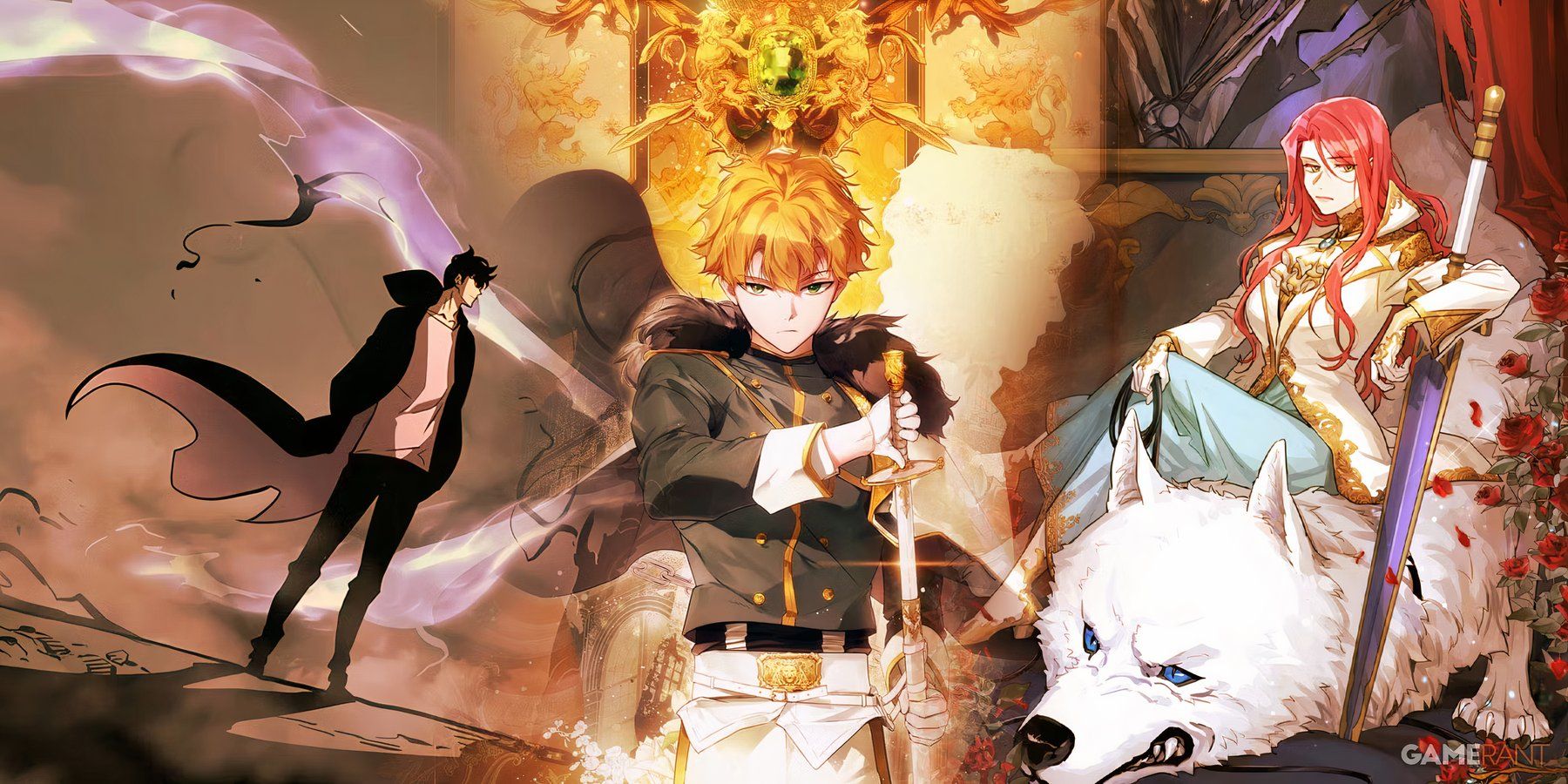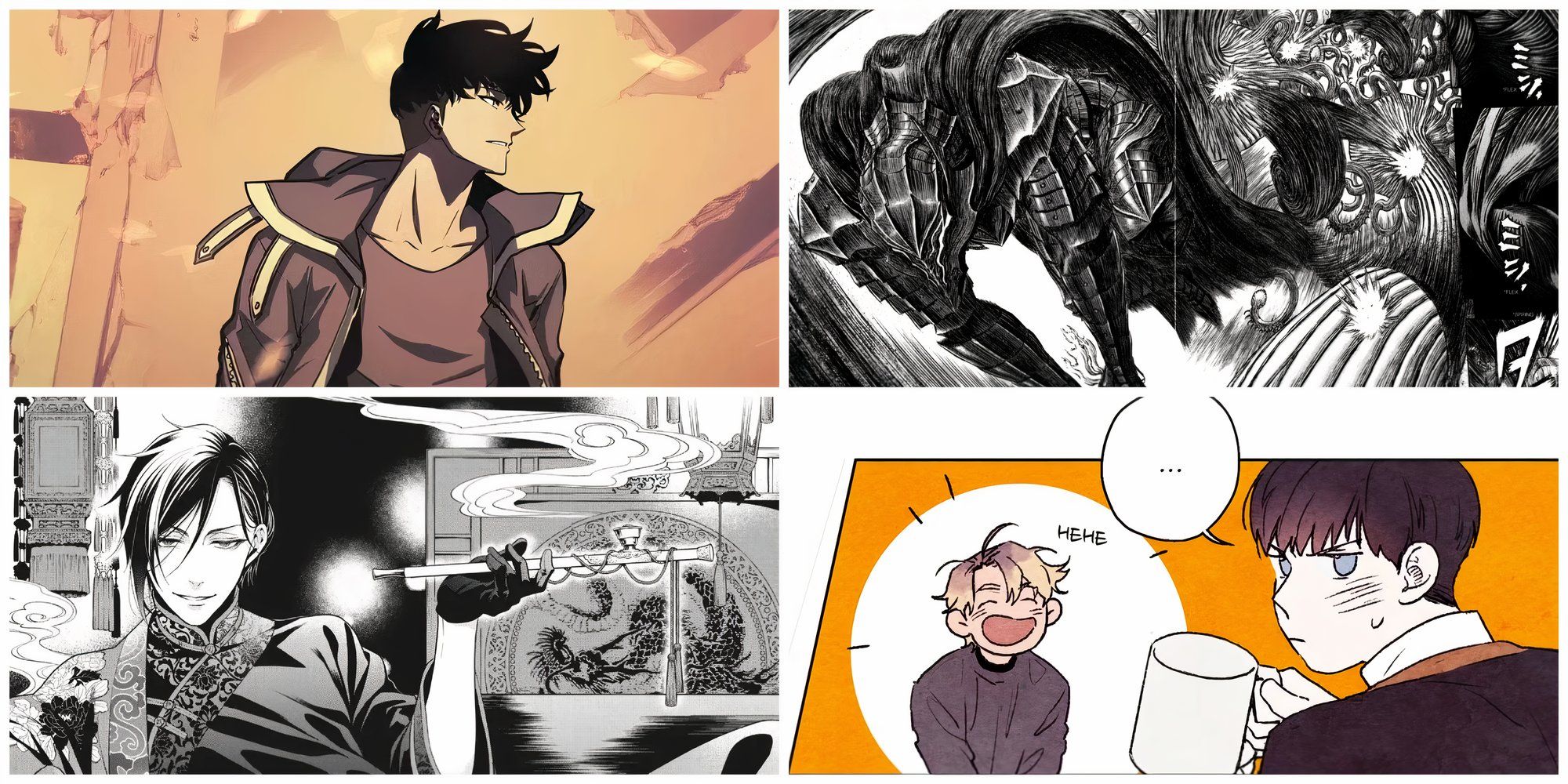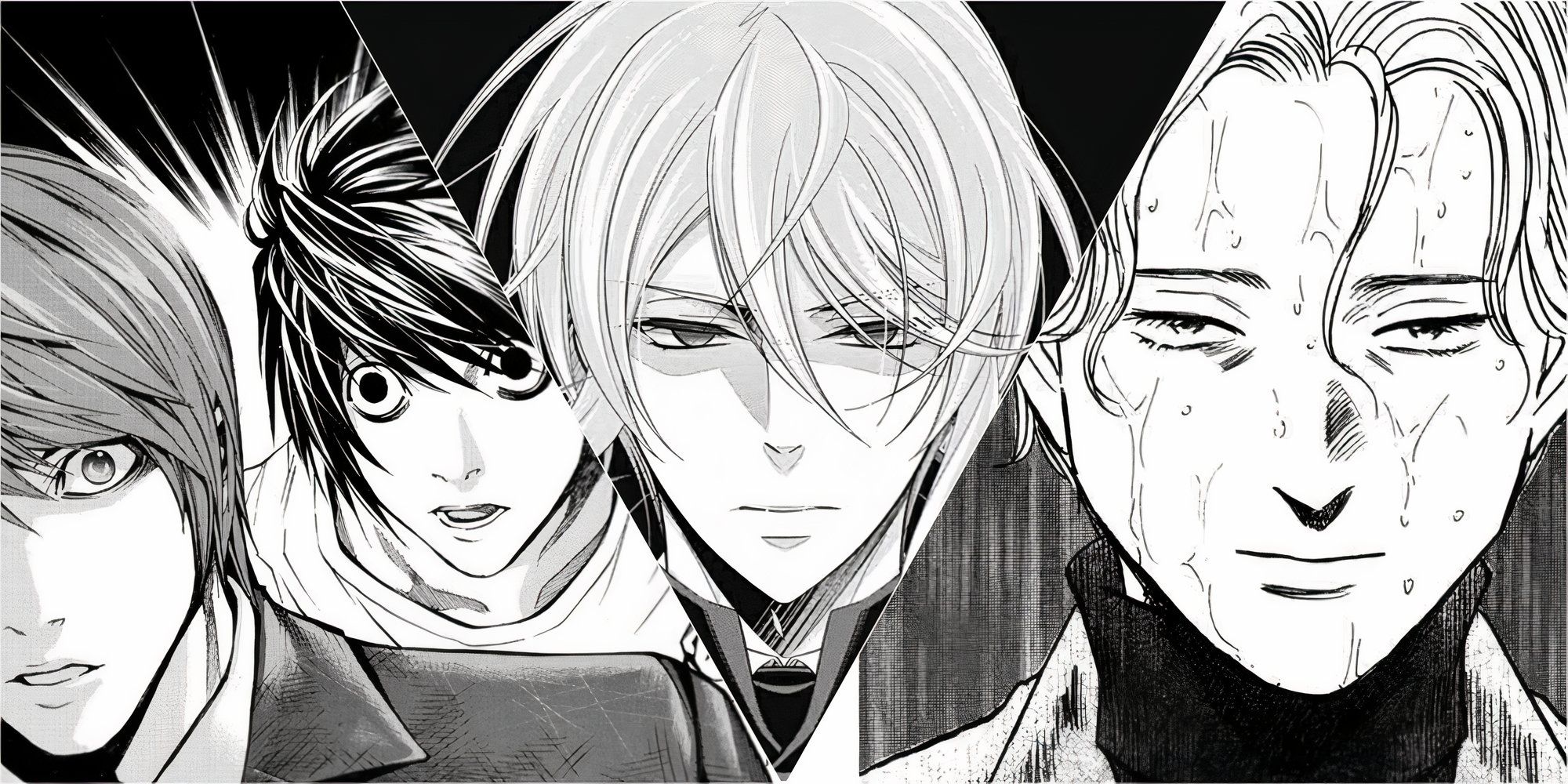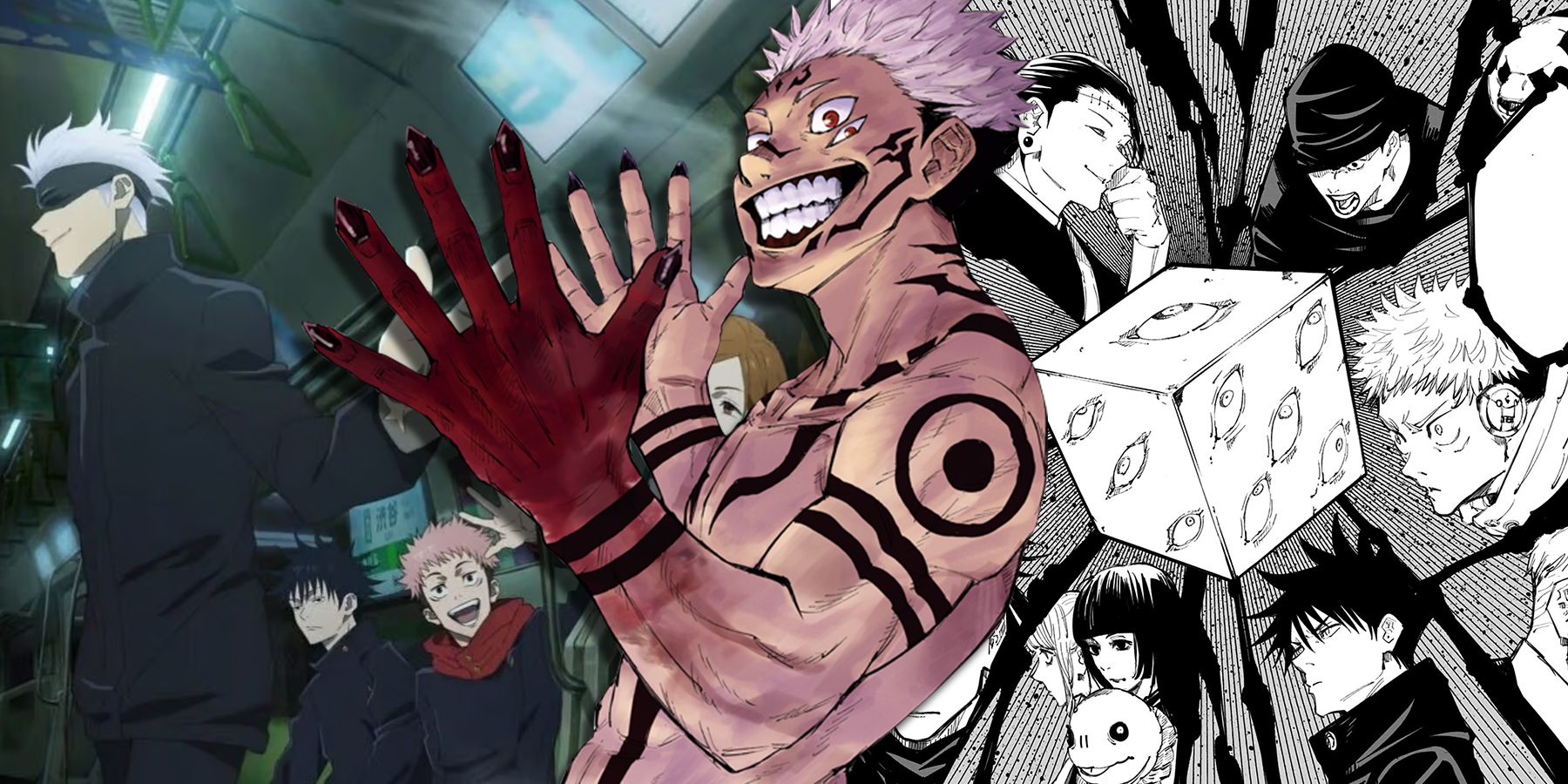
Key Takeaways
- Manga and manhwa stem from unique cultural backgrounds, showcasing diverse themes and artistic styles that reflect Japan and South Korea’s rich histories.
- Manga opts for black-and-white art with intricate details, while manhwa in full color leverages digital platforms for vivid, realistic storytelling.
- Manhwa’s fast-paced narratives and episodic structure cater to online readers, while manga delves deep into intricate worlds with deliberate pacing.
As a passionate reader who has delved into both manga and manhwa, I must say that each of these unique comic styles has left an indelible mark on my literary journey. The slow, methodical pacing of manga, with its intricate world-building and deep character development, offers a rich tapestry that invites the reader to immerse themselves in the story for hours on end. On the other hand, manhwa’s fast-paced narrative structure, reflecting the dynamic spirit of modern Korea, keeps me hooked chapter after chapter, with its suspenseful cliffhangers leaving me eagerly anticipating the next installment.
Comics known as manga hail from Japan, while manhwa is a term for comics created in South Korea. Both have significant impacts not just in their home countries, but globally. Despite being serial comic formats, they exhibit numerous differences.
These differences are much more than just cosmetic; they are based on cultural backgrounds, artistic styles, and narrative conventions within their countries. Going deeper into the question of what separates manga from manhwa is locating specific cultural contexts and artistic choices that define these two forms of visual narrating.
How Japan and South Korea Shape Their Comics
Cultural Influences and Historical Backgrounds

A key distinction between manga and manhwa lies in their cultural background. Manga has deep roots in Japan’s history, dating back to ancient picture scrolls and ukiyo-e woodblock prints. Post-World War II saw the emergence of modern manga, with its content being a fusion of Japanese folklore and Western comic styles. This unique blend is evident in the wide array of topics depicted in manga, ranging from historical narratives to futuristic sci-fi tales that carry Japan’s distinctive philosophy and aesthetics. Often, manga offers a glimpse into the intriguing juxtaposition of traditional Japanese values and contemporary technology within their society.
Manhwa, a form of comic originating from Korea, has deep historical roots, tracing back to the turbulent modern era of the nation. As early as the mid-20th century, manhwa was shaped by the significant political and social changes that swept through Korea, such as the Japanese occupation and World War. Themes in manhwa often mirror the challenges faced by the Korean people, including issues related to identity, family, and resilience within their strife-torn society.
Visual and Aesthetic Choices in Manga and Manhwa
Artistic Styles and Techniques, the Author’s Vision

One immediate distinction between manga and manhwa is their distinctive art styles. Typically, manga is created in black-and-white, emphasizing contrast and intricate line work within the illustrations. This monochrome color scheme enables artists to showcase fine details and a broad spectrum of emotional expressions, often utilizing exaggerated facial features like large, expressive eyes. Shading and tone patterns add depth to the drawings, while panel layouts can range from simple grids to dynamic compositions that guide readers’ eyes effectively through the content.
In contrast to manga, manhwa, presented as webtoons, predominantly employs full color and leverages digital platforms for vibrant, immersive narratives. Color isn’t just for aesthetic appeal but also to heighten the mood and ambiance of scenes within manhwa. The characters in manhwa are often more realistic in design, with proportions and facial features that closely mimic human anatomy compared to the stylized characters common in manga. Additionally, the vertical scrolling format of webtoons alters the rhythm and progression of a story, creating cinematic experiences that surpass those found in manga due to its traditional page-by-page reading format.
How Manga and Manhwa Differ in Plot Development and Themes
Narrative Structure and Storytelling Techniques

The two styles of comics originate from different cultures and show these differences in their narrative structure. It often consists of long, serialized stories running into hundreds of chapters, giving ample opportunity for character development and plot detailing. The pacing in most manga is deliberate, with a view toward creating intricate worlds and examining themes ranging from very mundane to fantastical. The diversified genres in manga range from shōnen, shojo, seinen, to josei, appealing to a very wide audience; each of these genres has its own conventions but, at the same time, gives space for creativity and subversion.
Manhwa stories typically move at a faster pace than many other narratives, largely because they were created for online reading where each chapter is intended to be read swiftly and engage readers instantly. Common themes in manhwa often revolve around contemporary Korean society, delving into issues like modern relationships, academic/professional stress, and the search for personal identity. While the subjects tackled by Manhwa can be diverse, there’s a significant emphasis on romance and fantasy genres that resonate with their intended audience. This shorter, episodic format of Manhwa allows for rapid story development, creating suspenseful conclusions in each episode that leave readers eagerly anticipating the next installment.
The Influence of Japanese and Korean Comic Industries on the World Stage
Market Dynamics and Global Reach

The market dynamics of manga and manhwa thus reflect their respective cultural and economic situations. The Japanese manga industry is both among the oldest and the most famous, with a record of success both locally and internationally. Today, manga remains one of the largest cultural exports to emerge from Japan, and it has a rigorous publishing industry to back this up, including both printed and electronic versions. Anime adaptations further give the manga series worldwide exposure, often acting to introduce the source material to a large international audience. The global demand for manga has driven an equally healthy market for translated works, although piracy and unauthorized translations are significant issues.
Manhwa, a relatively new form of comics, has gained significant traction in recent times, particularly during the digital era with webtoons. South Korea’s focus on technology and innovation has helped manhwa gain global recognition through platforms like LINE Webtoon and KakaoPage, attracting readers worldwide. Unlike manga, which is primarily print-based, manhwa is designed for digital consumption, expanding its reach and diversity of readers. Additionally, the growing influence of Korean culture, known as Hallyu, has boosted manhwa’s international popularity. As a result, manhwa has evolved from being a cultural export to a notable competitor in the global comic industry.
Knowing the Different Cultural and Artistic Identities of Manga and Manhwa
Manga and manhwa, though stemming from the same genre of serialized comics, have unique cultural and artistic origins. The historical and societal contexts of Japan and South Korea have shaped their themes, styles, and narratives. The rich history and diverse genres in manga resonate with the complex duality of Japanese culture, while manhwa’s rapid digital evolution reflects South Korea’s dynamic, tech-forward identity. As such, both forms showcase distinct aspects that captivate audiences worldwide, making them influential and beloved by readers and creators alike.
Read More
- SOL PREDICTION. SOL cryptocurrency
- BTC PREDICTION. BTC cryptocurrency
- USD ZAR PREDICTION
- CKB PREDICTION. CKB cryptocurrency
- LUNC PREDICTION. LUNC cryptocurrency
- SEILOR PREDICTION. SEILOR cryptocurrency
- USD COP PREDICTION
- USD CLP PREDICTION
- BICO PREDICTION. BICO cryptocurrency
- WELSH PREDICTION. WELSH cryptocurrency
2024-08-25 22:33